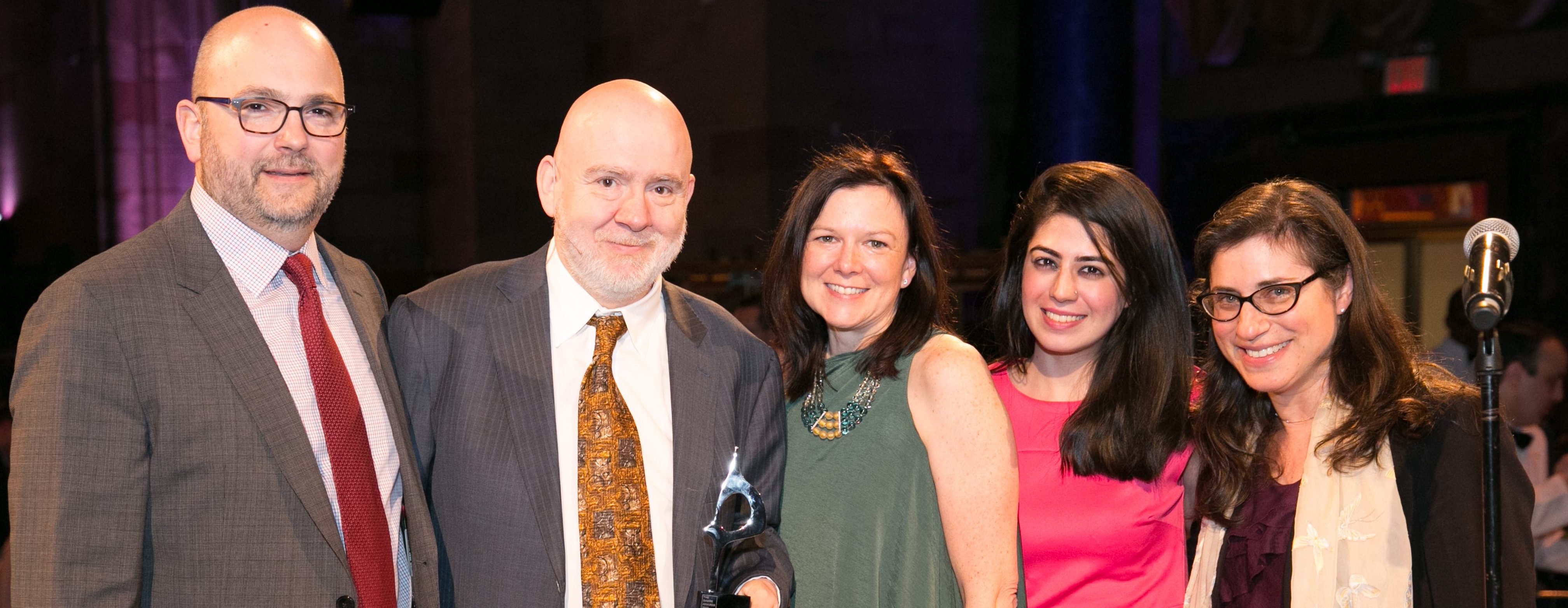July 17, 2020
A New Research Method for a Changing World

The idea was straightforward but big: Identify the norms that govern the ways we work and the spaces we work in to better understand how those norms shape workplace wellness. The goal was to help corporate America reduce employee burnout, attract talent and build healthier organizations.
To accomplish this, Greentarget and two partners planned to convene a roundtable of experts from an array of industries through the new Immediate Frontier initiative. On February 4, we announced that the roundtable would happen in late April.
In between, of course, the world changed on us.
Without the ability to bring a group of experts together and amid the chaos of the abrupt work-from-home transition, we seriously considered spiking the project. But then we realized that finding solutions around work, wellness and space had just become more important than ever.
We just needed a new approach – so we created one. We call it qualitative, consultative research.
And that approach is fueling Work, Wellness & Space, the inaugural research offering by Immediate Frontier. The project, which is a partnership between GreenHouse::Innovation and Greentarget in special collaboration with Learn Adapt Build (LAB)/Amsterdam, launches today.
How We Got to the New Approach
If our task became more important in March, it also became more difficult. Decision-makers around the globe didn’t just face an economic disruption in the wake of COVID-19, they also faced momentous questions about how work would continue in the months and years ahead.
We could have pivoted to a traditional quantitative survey, but we knew (even from brief conversations with decision-makers in March) that direct conversations would be the best way to thoroughly explore attitudes and opinions. We considered a video roundtable, but finding a mutually agreeable time when many participants were dealing with critical business issues seemed tone-deaf and unlikely to work.
Instead, we set about a series of one-on-one qualitative interviews with experts in commercial real estate, architecture, medicine, design and several other fields. But from the earliest moments of our earliest conversations, we saw that these weren’t just interviews. They were consultative discussions.
How the New Approach Works
A good analogy is traditional beat reporting, in which a reporter, after months or years covering similar topics, develops knowledge bordering on expertise, enabling her to ask better questions and write more fully developed, insightful stories. Over the course of two months, our team began that journey through a combination of seeking out top experts, asking informed questions and knowing our stuff better every day.
We pulled this off through close collaboration with our Content & Editorial Strategy team, which has a strong background in journalism, and our Research & Market Intelligence team, which has years of experience in qualitative research. The new approach also benefitted from the willingness of our research participants to hop on Zoom within a few days’ notice.
This all led to something we hadn’t expected, something we think we can replicate. While providing guidance in research reports is something we’ve done for years, we were able to test possible guidance before findings were released by bouncing one expert’s view off others. And by bringing actionable insights from one related field to another – e.g., telling a commercial real estate executive what we heard from a healthcare executive and discussing why and how that mattered – we connected some interesting dots.
The Result
This approach has fueled a research report – the first chapter of which we’ll release today – covering a bevy of work, wellness and space issues. As decision-makers around the world think about what their offices will look like, how workspaces will function and how employees’ wellness can be reimagined, the work we’ve done through qualitative, consultative research has provided an important perspective on what appears to be a generational inflection point. It has also afforded the ability to iterate and advance the conversation as the impact of the pandemic evolves in tandem with the release of our research report chapters.
We believe our findings could help pave a way forward – one that perhaps leads to greater workplace wellness. We’ll release the results each week between now and Labor Day.
We hope our insights spark broader conversations that help decision-makers at a critical time and that improve the interplay between work, wellness and space for years to come.









